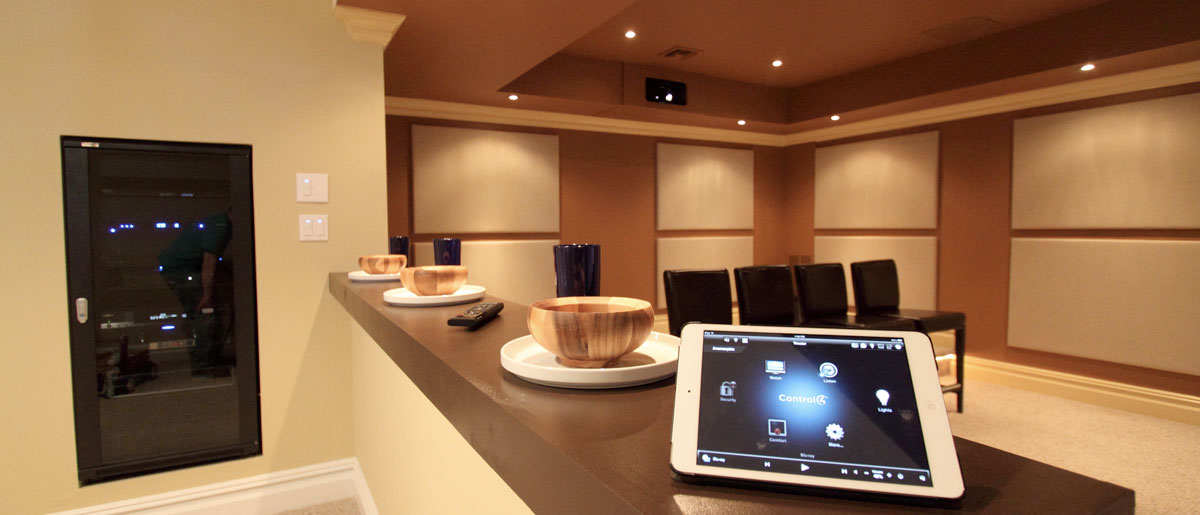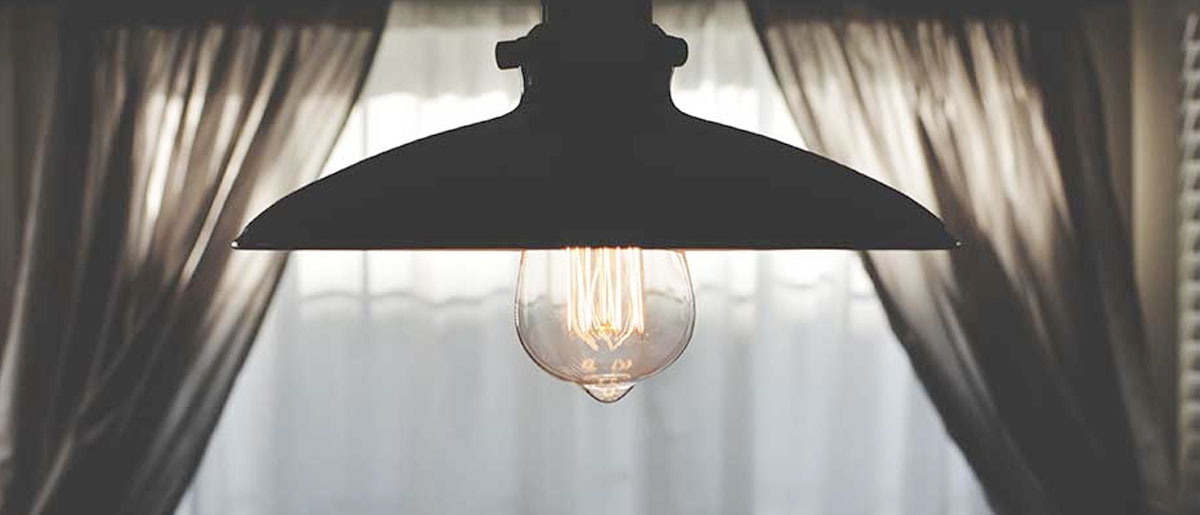LED Light Buying Tips
There are many decisions you make when building a new home. Lighting is key because it affects almost everything you put in the home. Electronic lighting control has become very prevalent in luxury homes over the past few years because it makes it easy to turn all the lights on or off, and to set scenes used throughout the house. When designed really well, lighting control reduces wall clutter and dramatically improves the experience in a home.
With the growth of dimmer and lighting control, a host of challenges arise. There a several common questions to think through before purchasing new LED lights.
- How does the light dim (will it flicker)?
- What will the light look like when on (does it look like a doctors office or an inviting home)?
- How does the light affect other aspects of the home (furniture, paint, etc.)?
While LED lighting for residential spaces has become ubiquitous, it's important to answer the questions above as lighting has gone from a commodity to a technology and we are here to help.

How will my lights dim:
The main way to dim a light bulb is by adding or removing electricity to the bulb REALLY FAST. The way this has been done for decades in most applications has been forward phase dimming. This results in smooth dimming down to a very low level because the filament in an incandescent bulb can take lower levels of electricity. Similar to an element on a gas stove, reduce the gas and the flame is lower, turn it up and it gets higher.
More recently reverse phase dimming has been prominent because of issues when dimming LEDs using forward phase dimming. In many cases reverse phase dimming works by reducing the voltage to the driver (a device connected to the bulb). By reducing or increasing the voltage going to the driver, the light dims. The problem that arises is when voltage is on the low end, a driver does not get enough power to supply the bulb. This can result in the lights flickering, cutting out, or just not working. Increasingly we are using Adaptive Phase dimmers which actually adjust for whether the light source is LED, incandescent, flourescent, etc. This solves half of the challenge related to dimming. The other half is solved by using high quality LED lights that match up with the lighting control system.

How will my lights look when they are on:
Now that we have solutions that remove the flickering issue, we now look at how the lights look when on. When flourescents and LEDs were first used, they made everything look like a bright operating room. This is referred to as the light's color temperature. The first LEDs were about 5,000k on a scale that can range 10,000k-1,800k. The lower the number, the warmer the light. Today there are more options. In spaces like a living room a common color temperature is 2,700k. This is a “warmer” color similar to candle light and looks even better when dimmed. For spaces that you would like more task oriented light, a 3,000k light will help you see. For instance, what you are cutting in the Kitchen.
In the Audio Advice Raleigh and Charlotte showrooms, we have lighting labs built into our smart home experience centers so customers can see the difference in light temperatures and dimming capabilities in real live environments with paintings, couches and televisions. We have found that leading customers through the experience centers helps them quickly decide on color temperature for either the whole home or certain areas.
How does the light affect other aspects of the home:
The final aspect that we look for in a quality LED light is great CRI, which is Color Rendering Index. When you look at a paint sample, fabric swatch, clothing etc. the best place to see the true color is to go to a window on a sunny day. This represents a CRI of 100. With lower quality LED fixtures, the CRI will be in the 80’s and some might be lower. Customers are constantly amazed at the difference of the colors in a painting or room based upon the CRI and quality of the fixtures. We generally recommend recessed fixtures throughout a luxury home have a CRI of at least 90, and ideally closer to 93.
At Audio Advice, we can not only help you determine the best lighting fixtures to select, but we can also help you lay out a lighting plan that is the best for your home. We have invested substantial time in perfecting lighting control including an American Lighting Association certification in lighting design.
We regularly tour architects, builders, interior designers and homeowners through our Raleigh and Charlotte experience centers to see the differences in lighting and the products we think are currently best of class both for controlling light and lights themselves. We would be honored to tour you through either of our experience centers. Contact us today to schedule your appointment.
